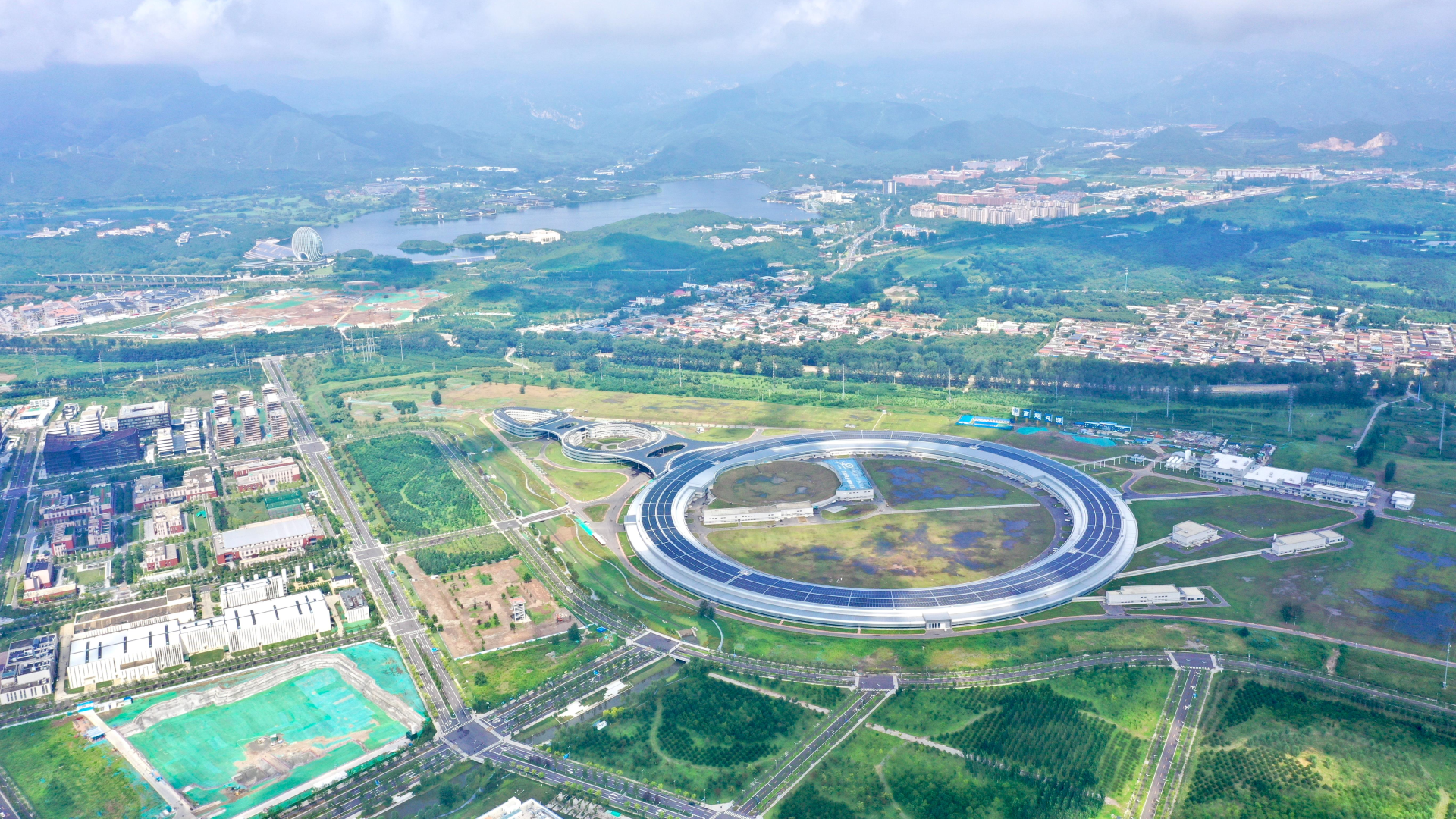China Makes New Advances in Constructing High Energy Photon Source
Significant advancements have been achieved in building the High Energy Photon Source (HEPS), China's first high-energy synchrotron radiation light source, with electron beams achieving currents of 12 mA stored in the HEPS storage ring.

The Institute of High Energy Physics (IHEP) under the Chinese Academy of Sciences, which is leading the development of HEPS, heralded this milestone from the Huairou District of Beijing on Monday.
HEPS stands as one of the nation’s critical scientific and technological facilities. It is anticipated to rank among the world’s leading fourth-generation synchrotron radiation installations, providing a crucial research platform in diverse sectors such as material science, chemical engineering, and biomedicine.
The groundwork for the HEPS project was laid on June 29, 2019. It encompasses various components such as accelerators, beamlines, end stations, and additional support structures.
A synchrotron radiation light source, typically housed in a storage ring, generates electromagnetic radiation. This facility employs a multi-stage process, where electrons are accelerated close to light speed and maintained on a fixed circular path.
The electron storage ring, spanning 1,360.4 meters in circumference, lies at the core of the HEPS accelerator complex. As stated by Pan Weimin, the HEPS project director, this makes it not only the largest in China but one of the largest worldwide. Its key role is to maintain high-energy, high-quality electron beams and to produce top-tier synchrotron radiation.
The storage ring's commissioning commenced on July 23. It is equipped with 1,776 magnets, over 2,500 power supplies, and 578 electron beam position monitors, managing more than 100,000 control signals.
"Any small hardware error could affect the trajectory of the electron beam, which is undoubtedly a huge challenge for the commissioning of the storage ring," commented Pan.
Jiao Yi, deputy head of the HEPS accelerator division, noted that the storage ring's commissioning will persist over the coming months. The goal is to enhance beam currents while ensuring a prolonged beam lifetime for vacuum conditioning and beamline commissioning.
Scheduled to be operational by the end of 2025, HEPS is set to produce light significantly brighter than the sun—by a factor of one trillion. It will cater to users across various fields including aerospace, energy, environment, life sciences, and pharmaceuticals, as per the IHEP.
Max Fischer for TROIB News
Discover more Science and Technology news updates in TROIB Sci-Tech












